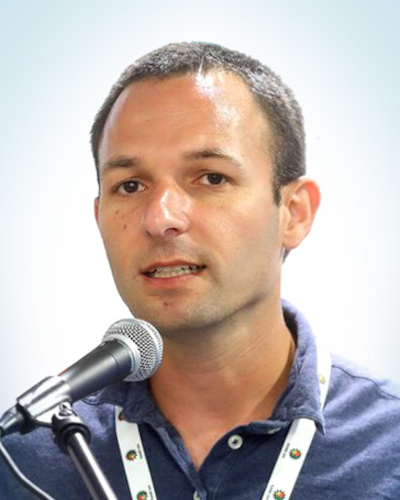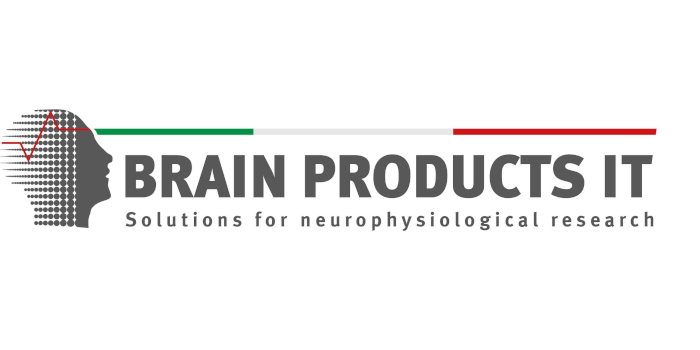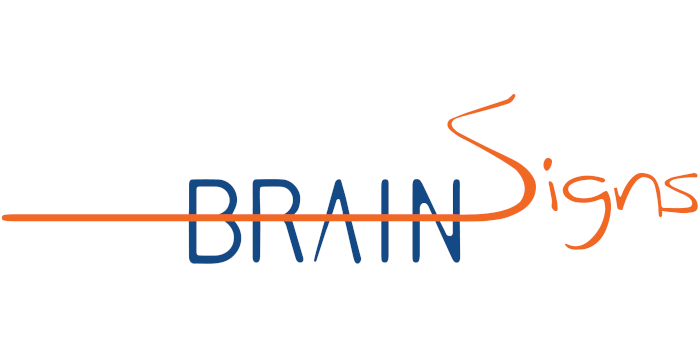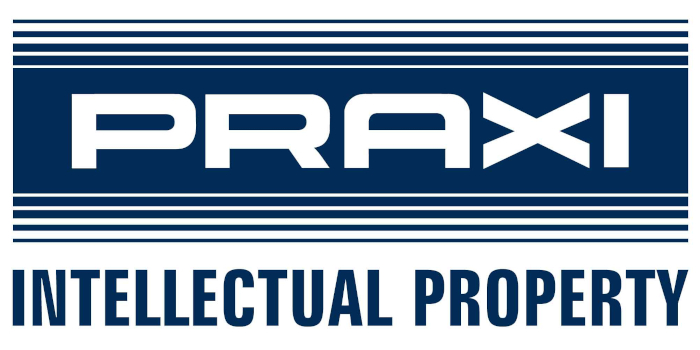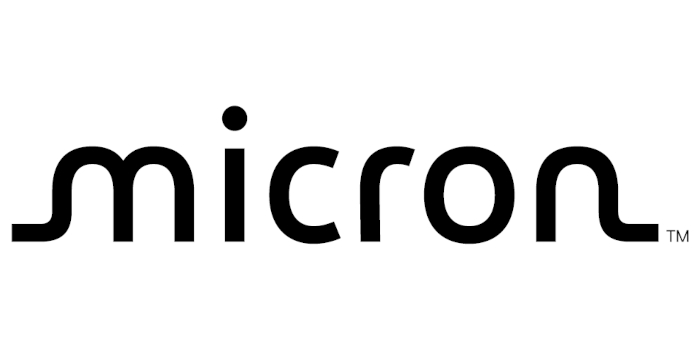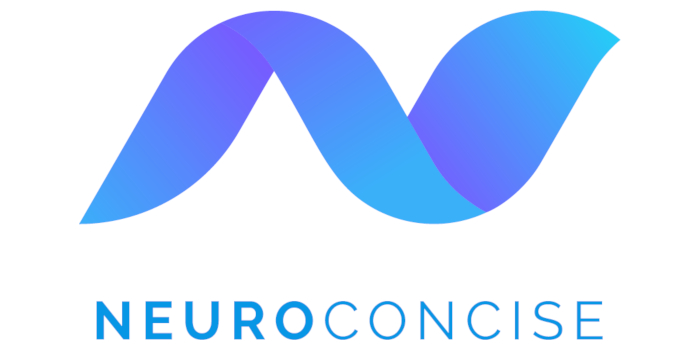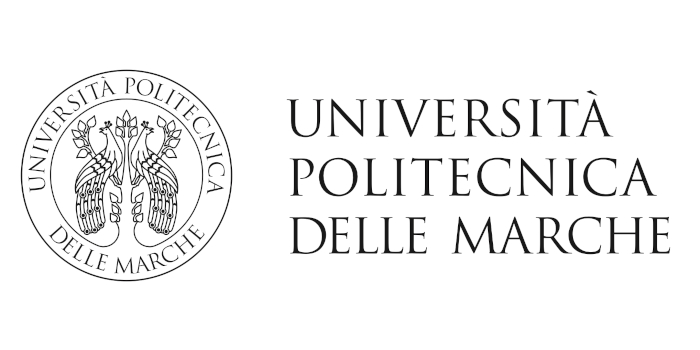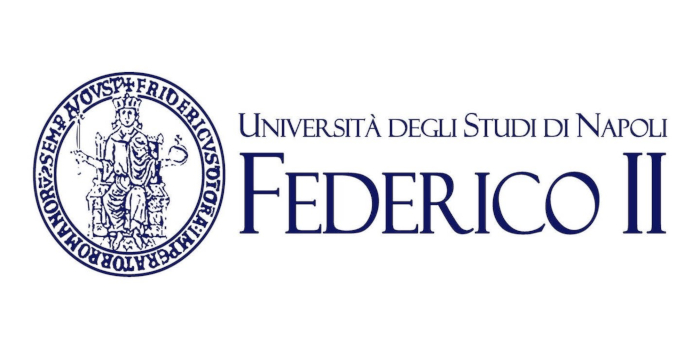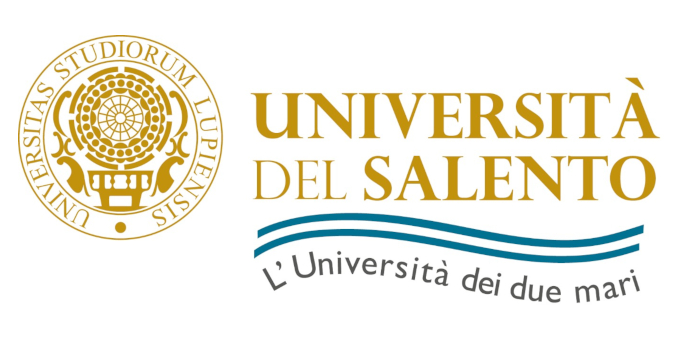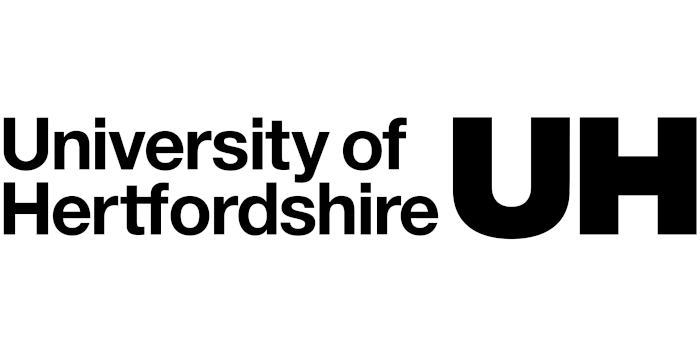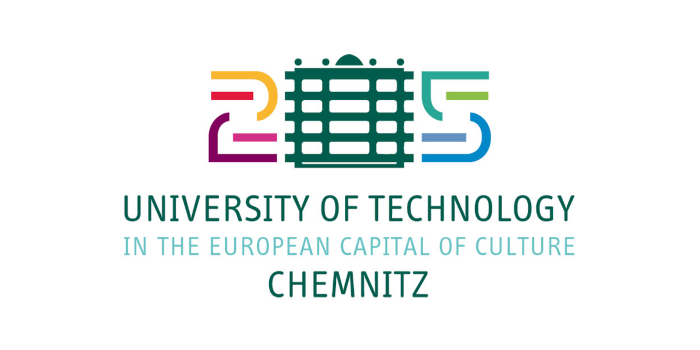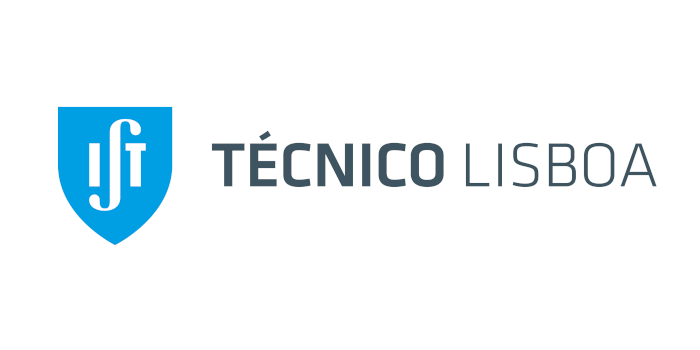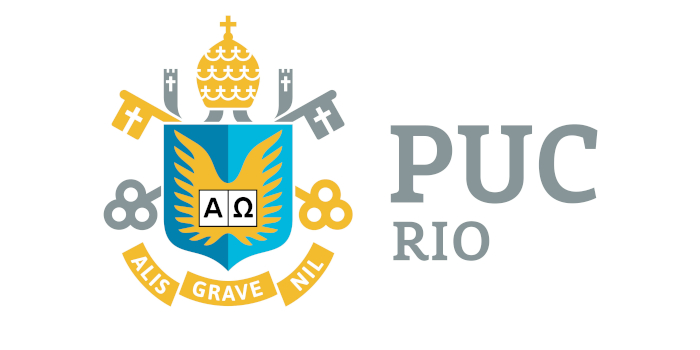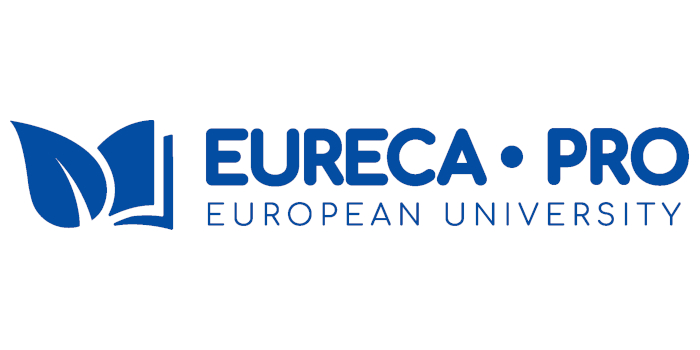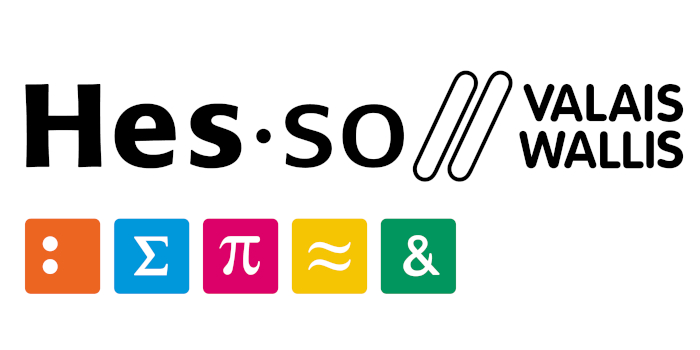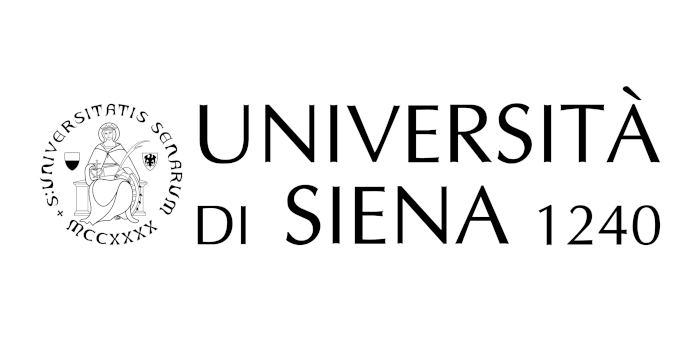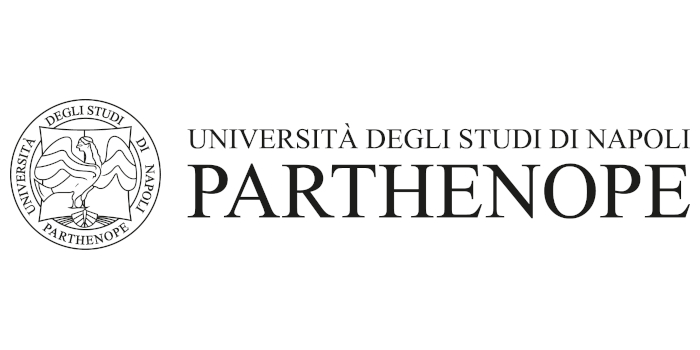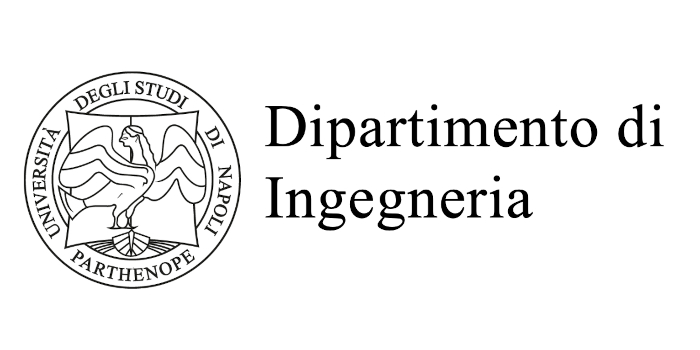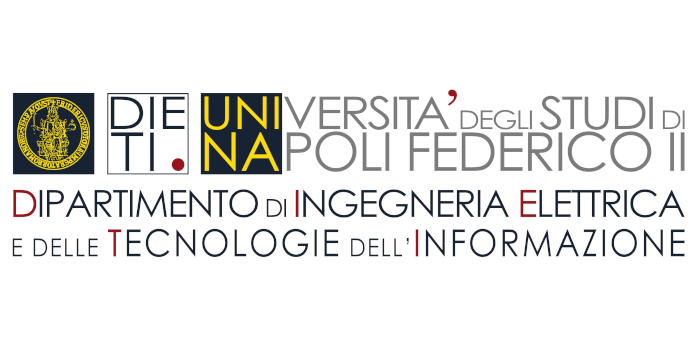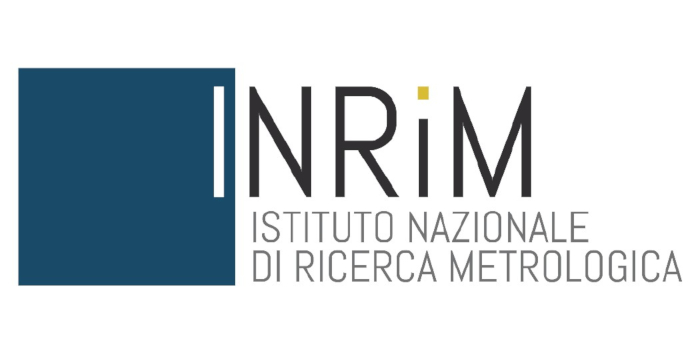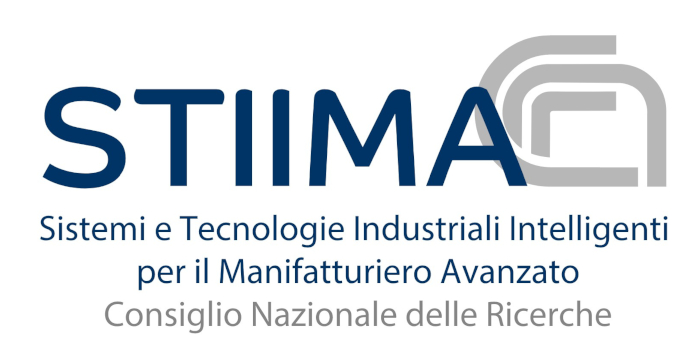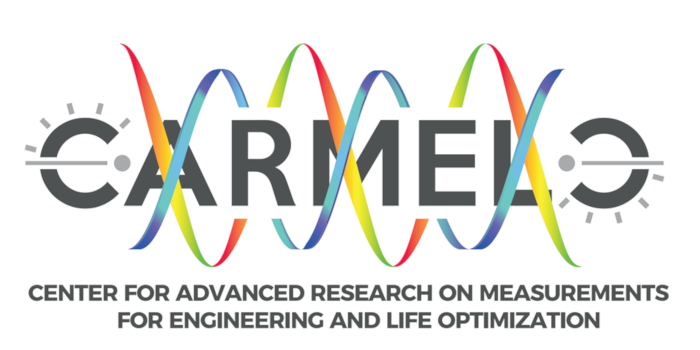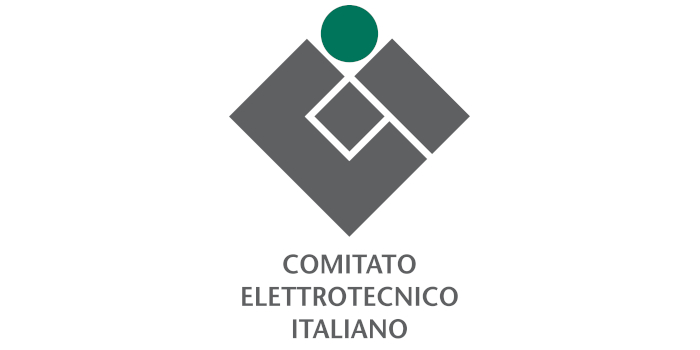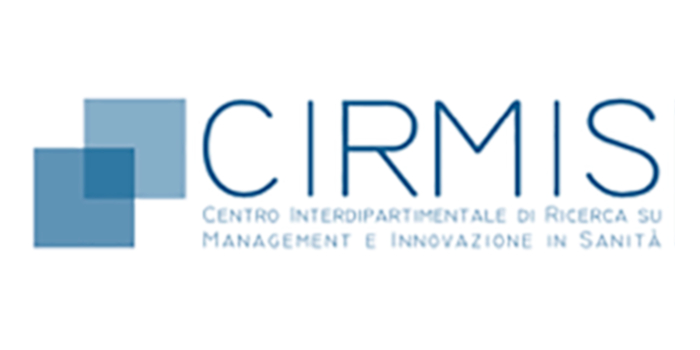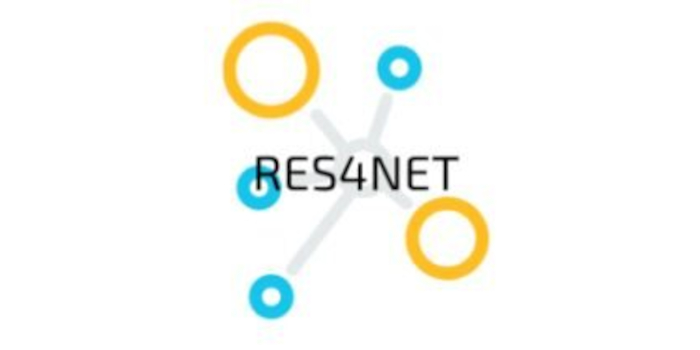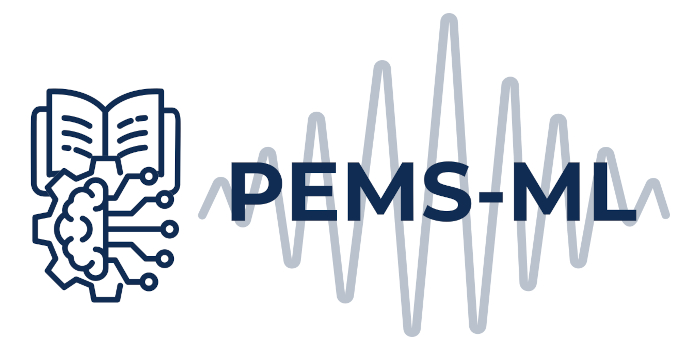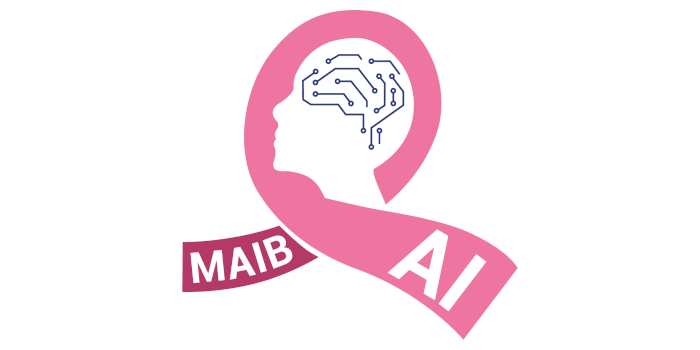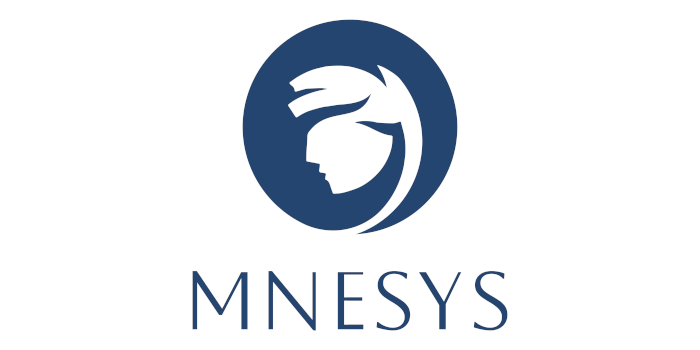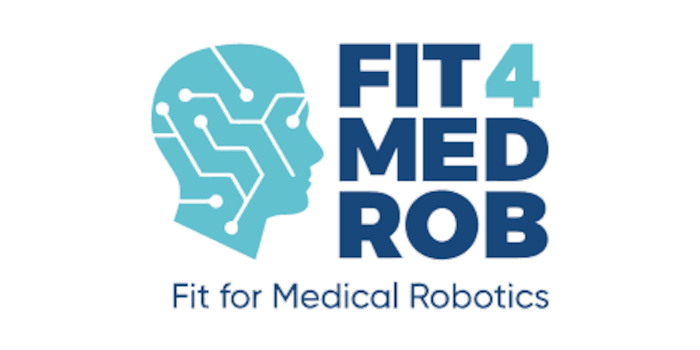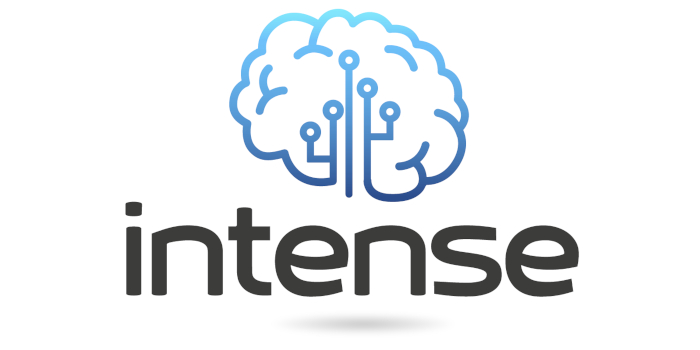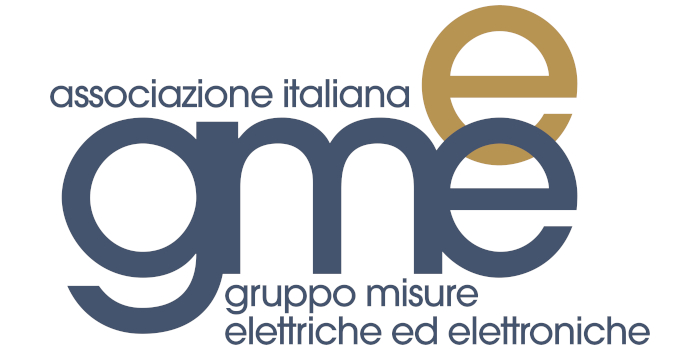THEMATIC SESSION #32
Biomimetic Memristive Nanotechnologies for Artificial Intelligence, Edge Computing and Neuromorphic Engineering Applications – Part II: Applications
ORGANIZED BY
John Paul Strachan
Peter Grünberg Institute, RWTH Aachen University, Germany
Shahar Kvatinsky
Israel Institute of Technology, Haifa, Israel
ABSTRACT
Memristor devices represent the key nanotechnologies to allow a sustainable progress in integrated circuit (IC) design despite shrinking CMOS transistors further will no longer be a viable option in the years to come.
Besides requiring a minuscole amount power to switch at high rates between different resistance states, and enabling the use of the third dimension, given that they are typically integrated across dense crossbar arrays lying above CMOS circuitry, memristors from the non-volatile class exhibit the attractive capability to combine a number of useful functionalities within miniaturized physical media. This enables the circuit implementation of innovative time- and energy-efficient data processing paradigms, including in-memory-sensing and in-memory-computing, which are not realizable in CMOS technology nowadays.
Furthermore, memristors from the volatile class may act as sources of local energy, upon suitable polarization, similarly as the sodium and potassium ion channels across neuronal axon membranes. This paves the way to the design of compact artificial neural networks, mimicking plausibly biological counterparts, as well as to the synthesis of revolutionary computing machines, such as spike-based computing cellular automata, operating according to similar principles as the human brain.
On the basis of these facts, including the memristor within the designer toolkit promises to foster significant advancement in IC design beyond the Moore era, enabling the development of smart multi-purpose technical systems capable to sense, store, and process data in the same physical location, which opens up novel extraordinary opportunities for Artificial Intelligence (AI) and Edge Computing applications.
TOPICS
The topics of focus of this special session include but are not restricted to the ones listed below:
- Emerging bio-mimetic material concepts
- Device characterization and modeling
- Theory of memristors
- Innovative bio-inspired data sensing, storage and processing approaches
- Circuit and system design with disruptive bio-mimetic nanotechnologies
- Artificial Intelligence, Edge Computing and Neuromorphic Engineering applications
The proposed special session will host high-quality presentations from leading scientists operating in different areas of the multi-disciplinary field of memristors, including Material Science, Physics, Chemistry, Circuits and Systems (CAS) theory, Electronics, Computer Architecture, Neuroscience, and Neuromorphic Engineering. The aim of the session is in fact to bring together researchers from different academic backgrounds, allowing them to share knowledge, to exchange ideas, and to establish collaborations. It will be an extraordinary opportunity for early-stage scientists to learn about the latest research trends and the most promising directions in this field of research, which will definitely shape the future of AI-enabled electronics in the years to come.
In particular, the session is divided into two complementary parts. The second one is particularly centered on presenting the latest applicative advancements in the field.
ABOUT THE ORGANIZERS
John Paul Strachan (IEEE Member) received the undergraduate and PhD degrees from MIT, Cambridge, Massachusetts and Stanford University, Stanford, California, respectively. He is a research team leader with Hewlett Packard Labs in Palo Alto, California. His team develops computational accelerators from emerging device technology with interests in applications from machine learning, network security, and optimization. He has more than 50 patents and has co-authored or authored more than 80 peer-reviewed papers. He has previously worked on nanomagnetic devices for memory for which he was awarded the Falicov Award from the American Vacuum Society, and has developed sensing systems for precision agriculture in a company which he co-founded. He serves in many professional societies including IEEE IEDM ExComm, the Nanotechnology Council ExComm, past program chair and steering member of the International Conference on Rebooting Computing and related communities.
Shahar Kvatinsky is a Full Professor at the Andrew and Erna Viterbi Faculty of Electrical and Computer Engineering, Technion – Israel Institute of Technology. Shahar received the B.Sc. degree in Computer Engineering and Applied Physics and an MBA degree in 2009 and 2010, respectively, both from the Hebrew University of Jerusalem, and the Ph.D. degree in Electrical Engineering from the Technion – Israel Institute of Technology in 2014. From 2006 to 2009, he worked as a circuit designer at Intel. From 2014 to 2015, he was a post-doctoral research fellow at Stanford University. Kvatinsky is a member of the Israel Young Academy. He is the head of the Architecture and Circuits Research Center at the Technion, chair of the IEEE Circuits and Systems in Israel, and an editor of Microelectronics Journal and Array. Kvatinsky has been the recipient of numerous awards: the 2023 Uzi & Michal Halevy Award for Innovative Applied Engineering, the 2021 Norman Seiden Prize for Academic Excellence, the 2020 MDPI Electronics Young Investigator Award, the 2019 Wolf Foundation’s Krill Prize for Excellence in Scientific Research, the 2015 IEEE Guillemin-Cauer Best Paper Award, the 2015 Best Paper of Computer Architecture Letters, Viterbi Fellowship, Jacobs Fellowship, an ERC starting grant, the 2017 Pazy Memorial Award, 2014, 2017 and 2021 Hershel Rich Technion Innovation Awards, the 2013 Sanford Kaplan Prize for Creative Management in High Tech, 2010 Benin prize, and seven Technion excellence teaching awards. His current research is focused on circuits and architectures with emerging memory technologies and the design of energy-efficient architectures.



